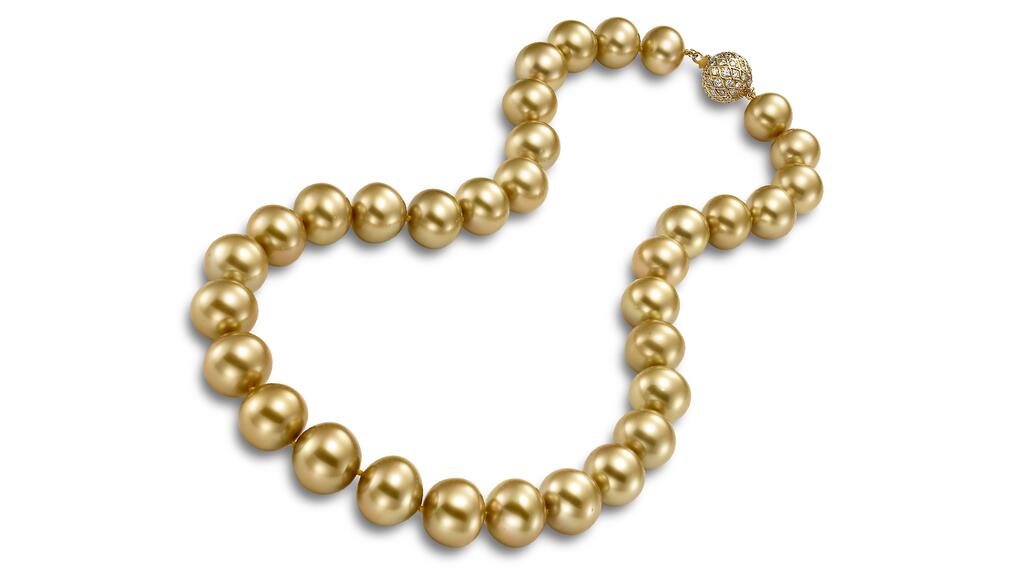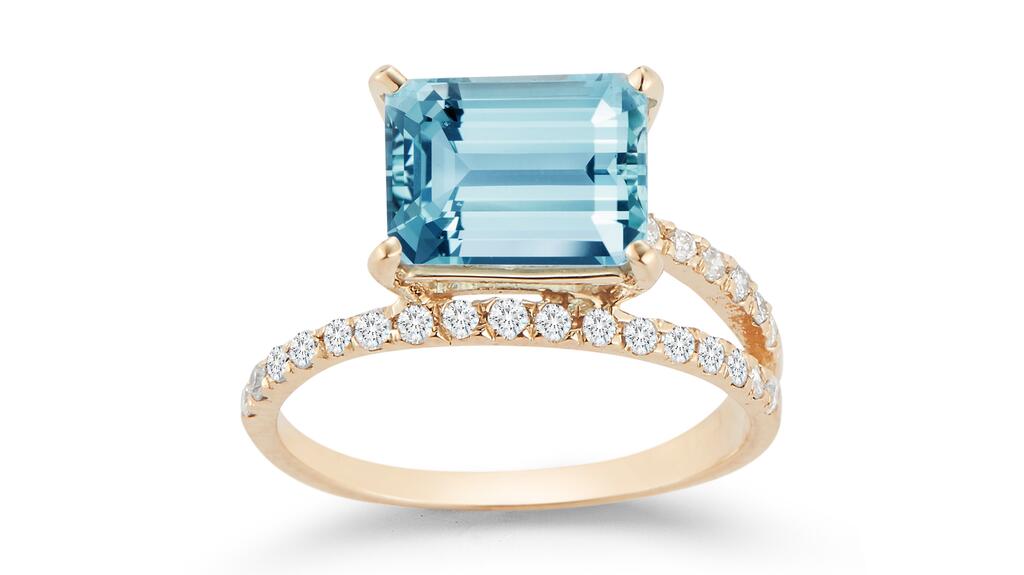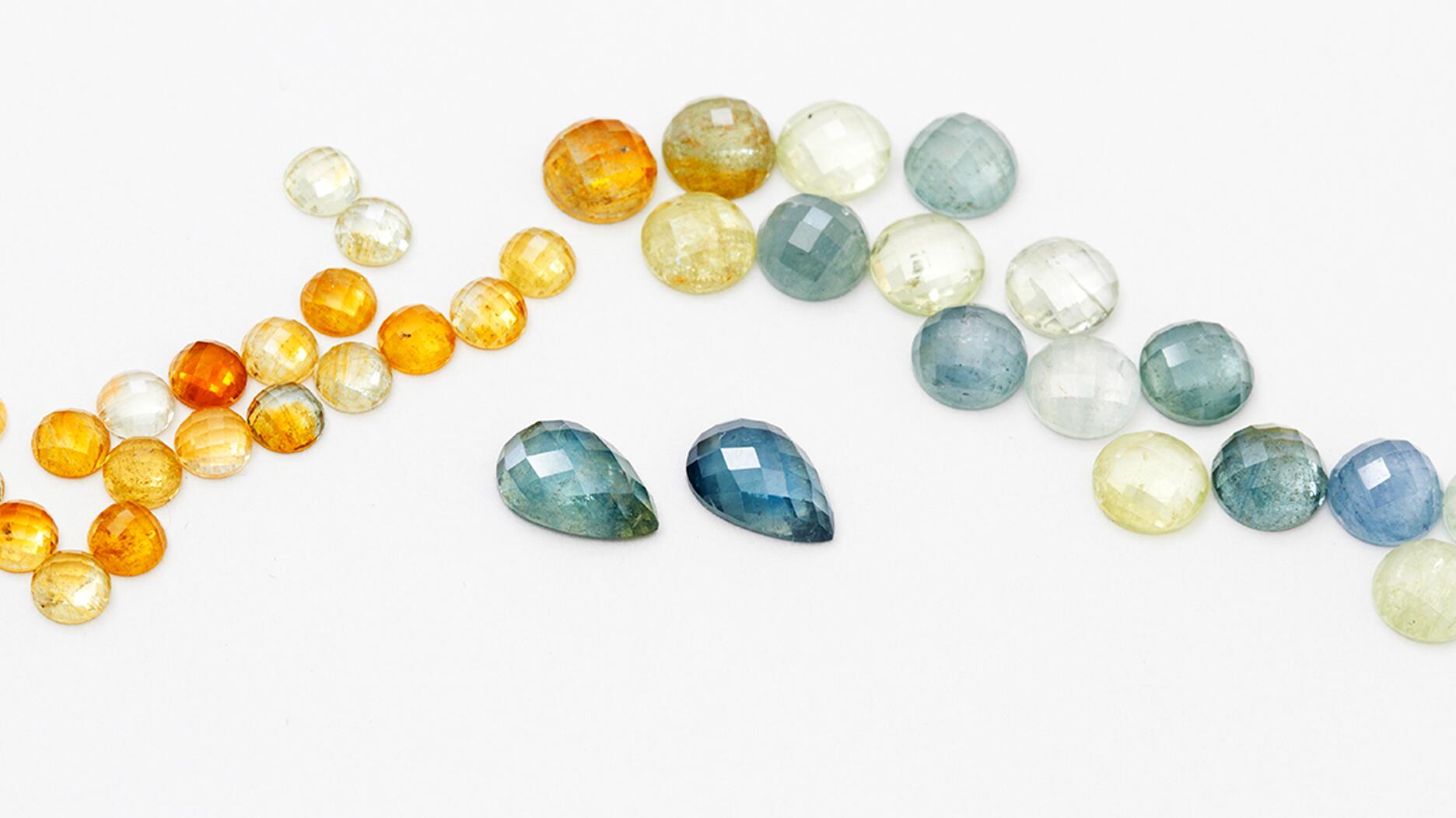In “Introduction: The Impact of Supply Challenges and Sustainability on the Colored Gemstone Market,” you will explore the dynamic shifts transforming the colored gemstone industry. Rising prices of rubies, sapphires, and emeralds, coupled with supply challenges and sustainability considerations, are key drivers affecting the market. Post-pandemic production shortfalls have compounded the issue, elevating prices across the board, including in the pearls market. The article addresses burgeoning consumer trends like the growing demand for unique gemstones and the increasing popularity of non-traditional cuts and colors.
You will gain insights from experts, examining the resilience of high-quality natural gemstones and projections for future market trends, emphasizing the industry’s adaptability and enduring allure. Have you considered how supply challenges and sustainability trends are shaping the future of the colored gemstone market? The landscape of the colored gemstone market is undergoing significant transformation due to a confluence of rising prices for key gemstones, supply chain issues, and an increasing emphasis on sustainability.

Introduction
The colored gemstone market is in the midst of a transformative phase characterized by fluctuating prices, supply challenges, and a burgeoning focus on sustainability. The array of factors reshaping this market includes:
- High prices for premium gemstones, notably “The Big Three”: rubies, sapphires, and emeralds.
- A supply chain struggling to recuperate post-pandemic.
- Increasing consumer interest in sustainability and ethically sourced gemstones.
Understanding these dynamics is crucial for anyone involved in gemology, jewelry design, and gemstone trading.
Market Changes
High Prices and Low Supply
Fine-quality gemstones are experiencing unprecedented price hikes and supply constraints. The pandemic disrupted global production and supply chains, creating a significant imbalance between demand and availability. As a consequence, prices have surged:
- Rubies: Supply constraints exacerbated by geopolitical issues, particularly concerning Burmese rubies, have driven prices higher.
- Sapphires: Similarly, high-quality sapphires have seen price increases due to limited availability.
- Emeralds: These stones have also experienced supply bottlenecks and increased prices.
This scarcity has incentivized the exploration of alternative gemstones and created a fertile ground for market innovation.
Post-Pandemic Production Challenges
The pandemic led to a cessation in mining activities and disrupted traditional gemstone supply chains. While many industries have recovered, the gemstone market continues to grapple with production bottlenecks. Factories and mines are yet to return to pre-pandemic production levels, creating supply gaps that are pushing up gemstone prices across the board.
Case in Point: Pearls
The pearl market has witnessed severe disruptions due to lost production seasons:
| Gemstone | Impact of Pandemic | Current Market Condition |
|---|---|---|
| Tahitian | Production halted | High prices due to scarcity |
| South Sea | Lost seasons | Increased demand |
| Akoya | Halt in shipments | Limited supply & high demand |
Higher demand, particularly from China, has further amplified these dynamics, placing immense pressure on global supply chains.
Pearls Market
Increased Demand for Various Pearls
The intricacies within the pearl market showcase a sector particularly hard-hit by pandemic-induced disruptions. High demand, especially for Tahitian, South Sea, and Akoya pearls, combined with supply constraints, have created market fluctuations.
Unexpected Demand in the Chinese Market
The Chinese market’s unexpected appetite for pearls has further strained global supplies:
- Tahitian Pearls: Favored for their unique colors and overtones.
- South Sea Pearls: Known for their large size and luster.
- Akoya Pearls: Renowned for their classic white appearance.
The confluence of high demand and supply limitations has led to elevated prices, making these pearl types more exclusive.
Big Three Gemstones
Rising Prices for Rubies, Sapphires, and Emeralds
“The Big Three” in the gemstone world—rubies, sapphires, and emeralds—face a dynamic yet challenging market landscape. The scarcity of high-quality stones coupled with rising demand has resulted in significant price hikes.
Burmese Ruby Supply
Burmese rubies, known for their superior quality, have become a niche market due to limited supply and import restrictions in several countries. This exclusivity has only heightened their allure and market value, making them highly sought after by collectors and investors alike.
Alternatives on the Rise
With the scarcity and high cost of these premium gemstones, buyers are increasingly turning to alternatives such as red spinels. These stones offer a similar appearance and quality but at a more accessible price point, making them a viable substitute for traditional high-value gemstones.

Consumer Trends
Demand for Unique and Individual Gemstones
Consumer preferences are shifting toward unique and individualized pieces. Customers are increasingly drawn to gemstones that stand out and tell a story of their own. This trend is particularly notable in the realm of engagement rings, where non-traditional gemstones are becoming more popular.
Alternative Gemstones for Engagement Rings
Alternative gemstones like moissanite, morganite, and aquamarine are gaining traction as popular choices for engagement rings. These stones, with their unique hues and appeal, provide a fresh take on traditional engagement jewelry.
Non-Traditional Cuts and Colors
In addition to alternative gemstones, non-traditional cuts and diverse color choices are gaining favor. This allows consumers to express their personal style and preferences through their jewelry, further diversifying the market.
Lab-Grown vs. Natural Gemstones
Lab-Grown Diamonds’ Limited Impact
Lab-grown diamonds have made waves in the diamond market but their influence on the colored gemstone sector remains relatively limited. While lab-grown options offer a more sustainable and cost-effective alternative, consumer preference predominantly leans toward natural colored gemstones when it comes to high-end jewelry.
Preference for Natural Alternatives
Natural colored gemstones are viewed as unique, rare, and inherently valuable. This preference is shaping the market as consumers opt for naturally sourced gemstones rather than lab-grown counterparts. This inclination towards natural stones adds a layer of complexity and richness to the market dynamics.

Expert Insights
Continued Interest in High-Quality Gemstones
Industry experts predict sustained enthusiasm for high-quality colored gemstones. These stones not only serve as beautiful adornments but are also seen as long-term investments. The inherent value and timeless appeal of high-quality gemstones ensure they remain in demand. https://www.gemsociety.org/
Expansion into Wedding Rings
Colored gemstones are gaining popularity in the wedding ring market. As couples seek to personalize their rings with distinctive and meaningful choices, colored gemstones offer an attractive alternative to traditional diamond rings.
Future Projections
Unusual Gemstones on the Rise
The market is opening up to a wider palette of colors and types of gemstones. This includes growing interest in less traditional options like zircon, tourmaline, tsavorite garnet, beryl, and topaz. These stones are valued for their unique shades and properties, providing consumers with a broader range of options.
Openness to Diverse Colors
There is a noticeable shift toward embracing a broader spectrum of gemstone colors. Consumers are no longer limiting themselves to the traditional blue, red, and green, exploring and appreciating the wide array of available hues.
Independent Consumer Choices
Consumers are making more independent choices based on personal preference rather than traditional norms. This trend reflects a growing desire for customization and individualism in jewelry, further driving market diversification.

Conclusion
The colored gemstone industry is at a pivotal point of growth and transformation, influenced by several factors:
- Market dynamics and supply constraints.
- Rising consumer demand for uniqueness and individuality.
- A growing focus on sustainability and ethical sourcing.
As the market continues to evolve, stakeholders in the gemstone industry must adapt to these changes by embracing innovation, diversifying offerings, and maintaining ethical and sustainable practices. The future of the colored gemstone market is poised for diversification and growth, distinguishing itself through unique offerings, consumer-centric trends, and a steadfast commitment to sustainability.
